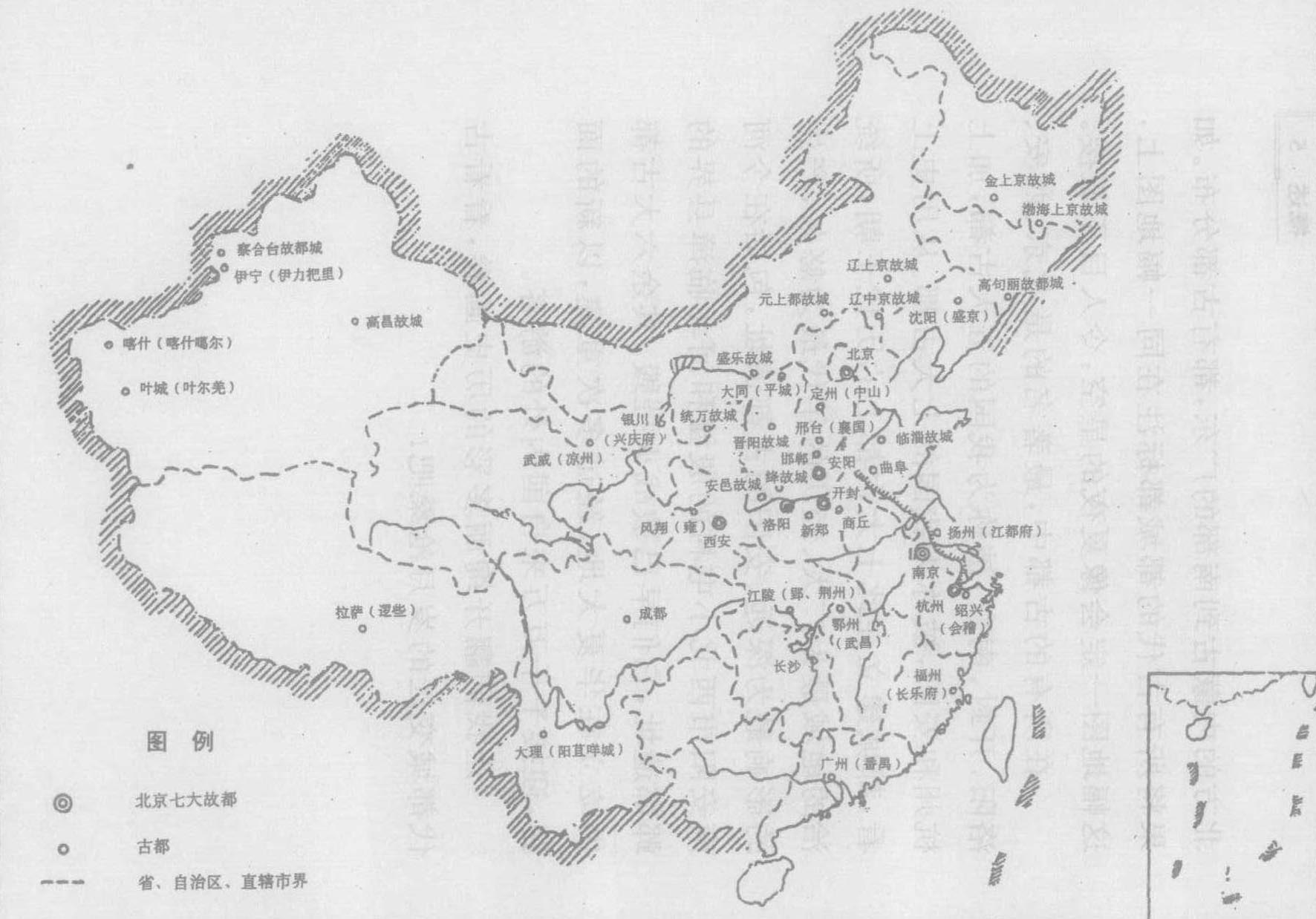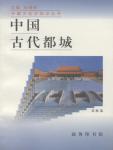Chapter 1 overview
The capital, called the capital in modern times, and called the capital in ancient times, capital, capital, capital, capital, capital, etc., is the seat of the highest authority of a country.It is the political center of the country and, in most cases, the economic and cultural center of the country.If a country is compared to a person, the capital is his mind.Therefore, the capital occupies an important position in national politics.
Today, Beijing is the capital of our People's Republic of China.But did you ever know that Beijing was already the capital of China in the Yuan, Ming and Qing Dynasties.The history of Beijing as an ancient capital can even be traced back to the Yan (Yanyan) Kingdom more than 3,000 years ago.When you visit the Terracotta Warriors and Horses Exhibition Hall of the Qin Mausoleum, which is known as a world miracle in Xi'an, watch the blooming peonies in Wangcheng Park in Luoyang, climb the towering iron tower in Kaifeng, tour the Ming Dynasty city wall with the longest length in the world in Nanjing, and the West Lake in Hangzhou. The scenic spots make you linger and forget to return. When you feel nostalgic for the ancient times in the Yin Ruins of Anyang, did you know that these cities are all famous ancient capitals in our country, and have you ever known their origins as ancient capitals?
In addition to these famous ancient capitals, there are many cities in our country, which have also served as the capital of one or several dynasties or a certain regional regime in history.In addition, there are also many prosperous and famous capitals in the past, which have long been reduced to ruins, or turned into farmland, or lost in the weeds and thorns.Nevertheless, each ancient capital, whether it is the former or the latter, has played its own role in Chinese history.They were the economic and cultural centers of our country or a specific region in a certain period of ancient times, and they once created splendid material and spiritual civilizations.They are also huge political stages, which have carried out historical activities that are both majestic and majestic, but also generous and desolate.
When my country's first slavery dynasty, the Xia Dynasty, was established in the Yellow River Basin in the 21st century BC, my country's earliest capital city was born.It is said that the Xia Dynasty started its capital in Yangcheng (to the east of Dengfeng County, Henan Province today), and after many migrations, several capitals were successively established in the middle and lower reaches of the Yellow River. In 1983, archaeologists discovered the earliest palace ruins discovered so far in Erlitou, Yanshi County, Henan Province. It is generally believed to belong to the Xia Culture or partly belong to the Xia Culture, which proves that the city walls and palaces were indeed built in the Xia Dynasty.In the same year, the ruins of an early Shang city were discovered in Shixianggou, Yanshi County. It is likely to be "Xibo (bobo)", the capital of Chengtang, the founding monarch of the Shang Dynasty, more than 3,500 years ago.All these show that the ancient capital of our country has a very long history.
After the Xia and Shang Dynasties, our country experienced many times of unification and division.Whether it was a unified period or a divided period, frequent dynastic changes occurred.Since the Qin Dynasty, there have been more than 10 unified dynasties alone, and the replacement of dynasties often leads to changes in the capital.During the split period, there were many large and small countries, and no matter how big or small, each country had its own capital.Our country has a vast territory. Before the unification of the Qing Dynasty, ethnic groups in border areas sometimes established regional regimes. These regional regimes (except for regimes established by some nomads) generally had their own capitals. .If the capitals of the unified dynasty, the capitals of the divided period, and the capitals of the frontier ethnic regimes are all included, the number of ancient capitals in our country is very considerable.The "Shui Jing Zhu" written by Li Daoyuan of the Northern Wei Dynasty recorded about 180 capitals from ancient times to the Northern Wei Dynasty.From then until the Qing Dynasty, dynasties rose and fell, and various countries rose and fell, and how many ancient capitals were added.On the vast land of 9.6 million square kilometers in my country, there are ancient capitals distributed from Xinjiang in the west to Heilongjiang in the east, from Inner Mongolia in the north to Guangdong in the south.If all the ancient capitals were marked on the same map, this map would definitely look like a starry sky on a summer night, making people dizzying.
Among all the ancient capitals, the most famous ones are Beijing, Xi'an, Luoyang, Kaifeng, and Nanjing, known as the five ancient capitals of our country, plus Hangzhou and Anyang, known as the seven ancient capitals of our country.Historically, the dynasties whose capitals were established on these seven ancient capitals ruled the most extensive areas, experienced the longest time, and produced the most far-reaching influence.The ruins of the ancient capital in Anyang, including the Yin Ruins in Xiaotun Village in the northwest of Anyang City, Henan Province, and the Yedu Ruins in Linzhang County, Hebei Province, have long been destroyed by war.The remaining six ancient capitals are still standing in the land of China. After many reconstructions, they welcome thousands of tourists from home and abroad with a new look.
Let's turn over the colorful historical picture and see the vicissitudes of the ancient capital city!

Distribution map of ancient capitals in China
Notes:

Distribution map of ancient capitals in China
Notes:

